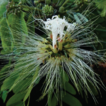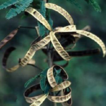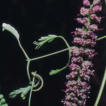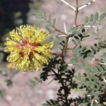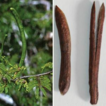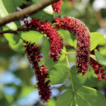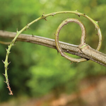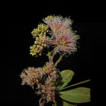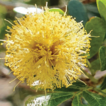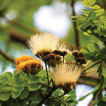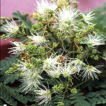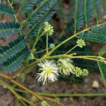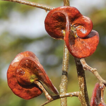In this issue
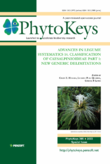
|
Papers published: 17 Total pages: 470 Unique views: 61729 Total views: 93213 |
Printed: € 152,70
Order now
|
|
Go to issue
| « Previous |
Issue 205
|
Next » |
This Special Issue – Advances in Legume Systematics 14 Part 1 – presents 16 papers focused on generic delimitation across subfamily Caesalpinioideae (Leguminosae) which includes the mimosoid clade (former subfamily Mimosoideae). Caesalpinioideae is the second largest legume subfamily with ca. 4,600 species of trees, shrubs and lianas distributed pantropically across deserts, seasonally dry forests, savannas, and rain forests. Phylogenomic analyses presented in the introductory paper show that 22 of the 152 genera currently recognized are non-monophyletic or nested within another genus. The papers in this Special Issue address this extensive non-monophyly, reclassifying 15 of these 22 genera. Nine new genera are described (Boliviadendron, Gretheria, Gwilymia, Heliodendron, Marlimorimia, Mezcala, Naiadendron, Osodendron, Ricoa), five genera are reinstated (Anonychium, Neltuma, Pseudalbizzia, Strombocarpa, Ticanto), and three genera are subsumed into synonymy of other genera (Balizia, Elephantorrhiza, Pseudopiptadenia), bringing the number of Caesalpinioideae genera to 163. In total, 139 new name combinations are proposed. The generic re-circumscriptions include splitting of the large pantropical genus Albizia (the last ‘dustbin’ genus of mimosoid legumes), and the amphi-Atlantic Prosopis, one of the most important silvopastoral tree genera of tropical drylands. These taxonomic changes fundamentally re-shape the generic classification of Caesalpinioideae and lay foundations for a new higher-level classification of the subfamily.

